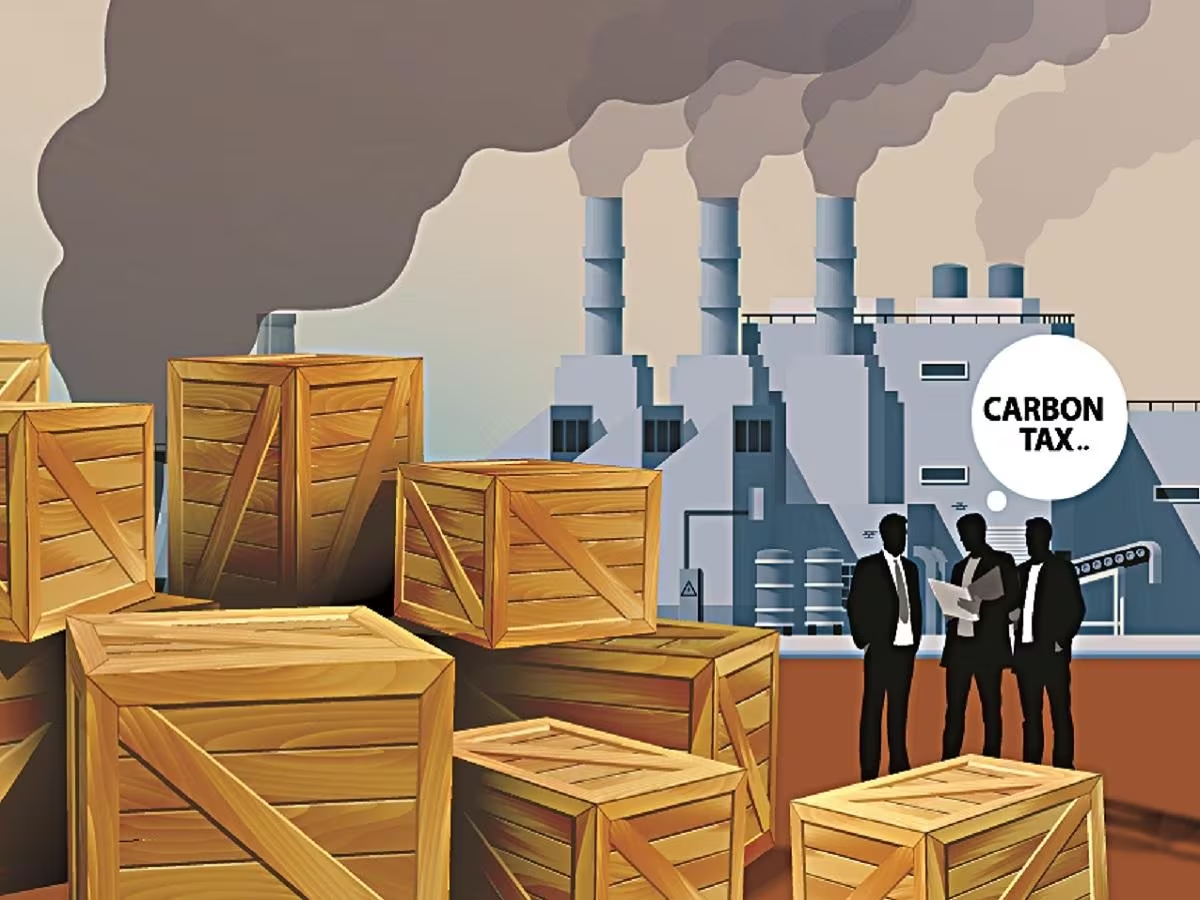In Short : Singapore’s carbon tax is suggested to be higher than initially planned to accelerate climate action, according to statements from the Monetary Authority of Singapore (MAS) Chief. This implies a call for more ambitious measures in pricing carbon emissions, which could potentially drive faster transitions to sustainable practices and support the country’s climate goals.
In Detail : [DUBAI] SINGAPORE’s carbon tax needs to go even higher to accelerate climate action to address global warming, Ravi Menon, the managing director of the Monetary Authority of Singapore (MAS), said on Monday
While the city-state has done its part in implementing a carbon tax, Menon said it is “not quite enough”. Singapore’s carbon tax is currently set at S$5 per tonne of emissions, but will increase to S$25 per tonne from 2024 and to S$45 per tonne between 2026 and 2027. The official guidance is for the tax to land between S$50 and S$80 per tonne by 2030.
“But we will be making quite significant steps over the next few years up to 2030. Needs to go even higher if you ask me,” said Menon at the Singapore pavilion on the sidelines of the United Nations Climate Change Conference (COP28) in Dubai.
Menon was responding to a question during a panel on his top wish for the future of climate investment.
“What I would like to see is governments implement the right carbon tax, or a price on carbon. This is the elephant in the room. Nobody talks about it because governments don’t feel confident to do it. People don’t like it. And in a democracy, these things don’t fly. Tax is always bad news,” he added.
If carbon is priced, there is no need to worry about having to lower the cost of capital through blended finance mechanisms to channel financial flows into energy transition projects in emerging markets.
“And that is a big tragedy if the world still hasn’t come together to do this. You’re waiting for one another,” said Menon.
Only 30 per cent of the world’s emissions are subjected to some form of carbon tax, and only 5 per cent of emissions are subjected to a level of carbon tax that leads to net-zero outcomes.
Because of the lack of a carbon tax, blended finance and carbon credits are fundamental to lower the costs of capital so that more funds can flow into energy transition projects in emerging markets. Investors often price the risks that come with investing in emerging markets higher than developed markets.
“There is no pathway to net zero without blended finance and carbon credits, and the two need to go together,” said Menon.
While blended finance can be used to lower the cost of capital, Dilhan Pillay, chief executive investor of Temasek, said that the rate of return in such financing schemes will also have to be brought down.
“Ultimately, at the end of the day, if you want to bring energy transition into emerging markets, it’s not just a blended cost of capital; its also about affordability. That means a blended return must be there in order to justify the output from what you’re trying to do,” said Pillay, who was also speaking at the same panel.
When asked why the state investor decided to come on to a partnership focusing on investing in green and sustainable projects in South-east Asia, Pillay said that Singapore can thrive only if the region – which is made up mainly of emerging economies – thrives.
“Our region has to be competitive on a global scale… It’s a situation where everyone has got to come in and figure out how we can all prosper together,” he said.
The partnership, which also involves MAS, Allied Climate Partners and the World Bank’s International Finance Corporation, is part of a blended finance platform called Financing Asia’s Transition Partnership that is developed by the central bank.
South-east Asia is emerging as the region of choice for companies opting to diversify their supply chains away from China. However, the shift from China increases inefficiency in supply chains.
“So if you want to reconfigure supply chains in a way that allows for resilience globally, and also allows for efficiency… then we need to make sure that every single piece of it can actually deliver that level of efficiency, the level of lower-carbon intensity that we need to make up for the cost of reconfiguring,” said Pillay.

